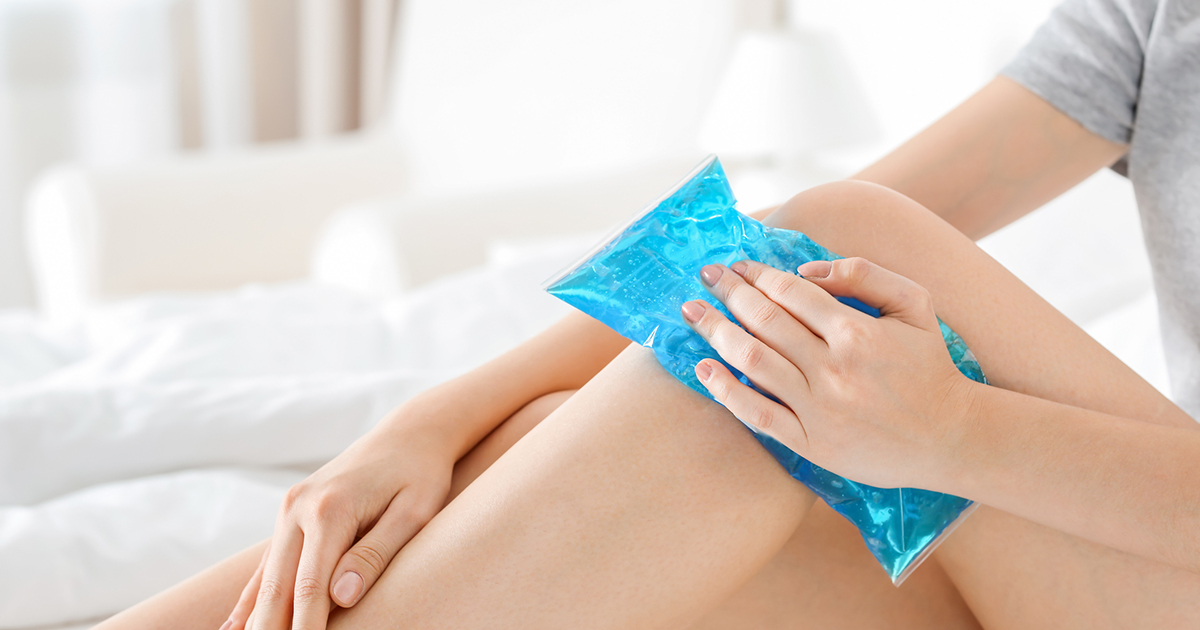Treating Sacroiliac Joint Dysfunction
Cold Or Hot Compresses

One of the primary causes of pain in sacroiliac joint dysfunction is due to the inflammation and swelling of joint tissue. Cold compresses or hot compresses can be beneficial in not only providing pain relief but can also aid in joint tissue recovery and the reduction of muscle spasms and tension. An ice pack placed on the lower back and in the pelvic region can reduce swelling and provide temporary pain relief to the region affected. A moist or dry hot compress can loosen stiff muscles and increase the range of motion. It is often recommended that hot and cold therapy be used in tandem, with twenty minutes of hot therapy used to reduce muscle tension and allow light rotation and stretching of the joint and surrounding muscles, followed by twenty minutes of cold therapy to reduce any swelling that may have occurred with light exercise and promote healing.
Discover precisely how rest comes into play next.
Rest Period

Since sacroiliac joint dysfunction is often caused by overuse of the sacroiliac joint, a brief rest period of one or two days can be beneficial. Rest allows this joint to recover and heal without further damage. Doctors may suggest patients with sacroiliac joint dysfunction refrain from all physical activity during this time or may encourage them to only engage in light activity and to avoid weight-bearing exercises that may cause further damage. During the period of rest, patients may utilize other treatment methods to aid in their recovery, including the use of medications and hot compresses or cold compresses. It is important to note the period of rest should not extend beyond two days as extended periods of non-use can actually increase stiffness and joint immobility.
Continue to unveil another sacroiliac joint dysfunction treatment method.
